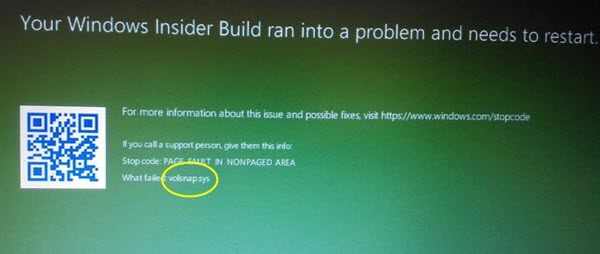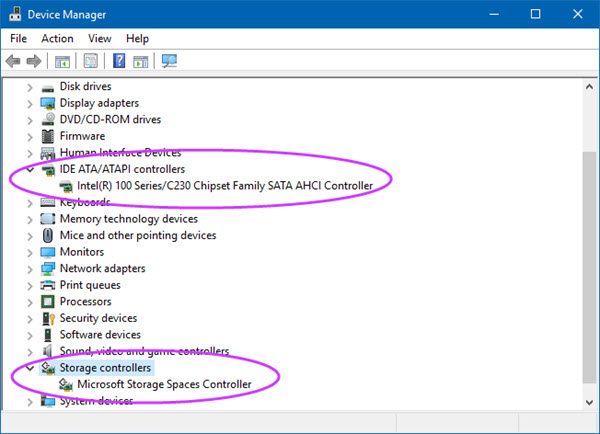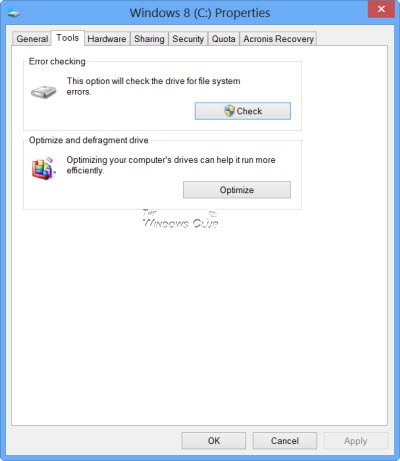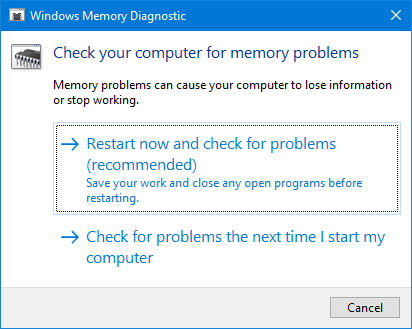Volsnap.sys is a Windows operating system file that is associated with the Volume Shadow Copy Service (VSS). This file is known to cause a Blue Screen error. But the main reasons include conflicts like RAM or Hard Disk Issues, incompatible firmware, corrupt drivers or malware infection, etc. Fixing this issue is straightforward. However, there are various potential workarounds for the same.

There can be the following BSOD Errors that are related to this file:
- KMODE EXCEPTION NOT HANDLED.
- PAGE FAULT IN A NONPAGED AREA.
- SYSTEM THREAD EXCEPTION NOT HANDLED.
- IRQL NOT LESS OR EQUAL.
Fix volsnap.sys Blue Screen error in Windows 11/10
The following potential fixes will be carried out to fix BSOD errors related to volsnap.sys (Volume Shadow Copy Driver) on Windows 11/10:
- Update or Rollback Drivers.
- Restart or Stop Volume Shadow Copy Service
- Run System File Checker
- Run ChkDsk Utility
- Check the Memory for the errors.
If you create a System Restore point usually, you can try to undo any modifications on your computer, by performing System Restore. It is also recommended that you carry out these tasks mentioned below in Safe Mode with Networking only.
1] Rollback or Update Drivers

The main drivers that might be a cause for this particular file will be listed under the section of IDE ATA/ATAPI controllers as well as Storage Controllers inside of the Device Manager. So if you recently updated these drivers, roll back and see. If you did not, then we suggest you Update these drivers.
2] Restart or Stop Volume Shadow Copy Service
Type, services.msc in the Start search box and hit Enter to open the Windows Services Manager. Locate Volume Shadow Copy Service, and then double-click on it to open its Properties box. Stop the Service and then Start it again. Or else right-click on it and select Restart.
3] Run System File Checker
Right-click on the Start button and click on Command Prompt (Admin), type in the following command to run System File Checker and then hit Enter.
sfc /scannow
Restart your system after the scan is completed.
You can also use our freeware FixWin to run the System File Checker utility with a click.
4] Run ChkDsk Utility
To run ChkDsk, open This PC. Right click on your Operating System Partition for Windows.
Click on Properties. Now, navigate to the tab labeled as Tools.
Under the section for Error Checking, click on Check.

A new mini window will now pop up. Click on Scan drive.
Let it scan your disk drive partition and after that reboot your computer for the changes to take effect.
5] Check the Memory for the Errors
To fix any issues with your RAM, follow the following steps.

Run the Memory Check on your computer. Start by hitting the WINKEY + R button combination to launch the Run utility. Then type in, mdsched.exe and then hit Enter. It will launch the Windows Memory Diagnostic Tool and will give out two options-
- Restart now and check for problems (Recommended)
- Check for problems the next time I start my computer
According to your selected option, the computer will restart and check for memory-based problems. If you get any issues there, it will fix it automatically else if no issues are detected, this is probably not the cause of the issue.
All the best!
Read: Alt Tab causes Blue Screen on Windows 11.
Leave a Reply